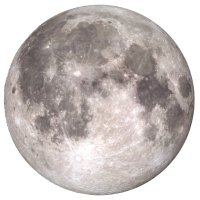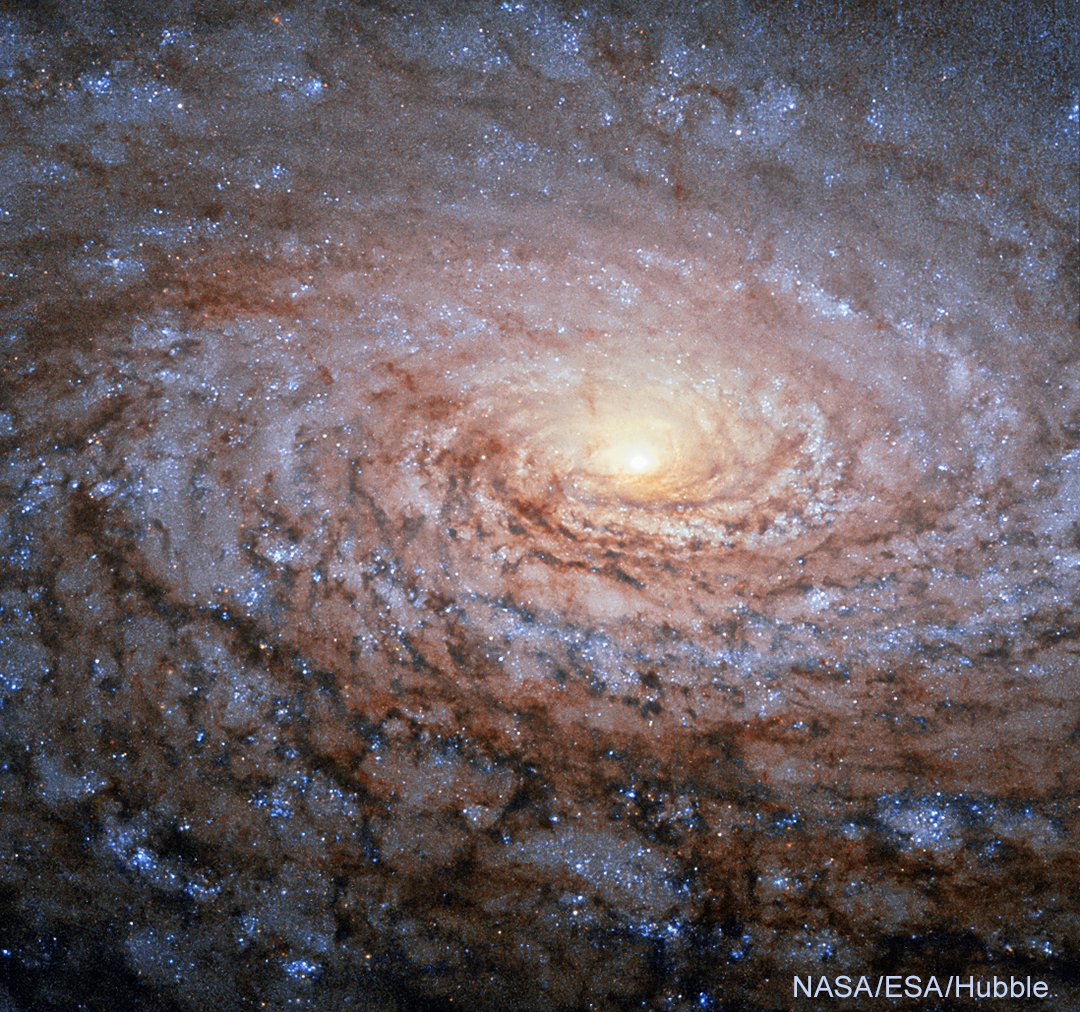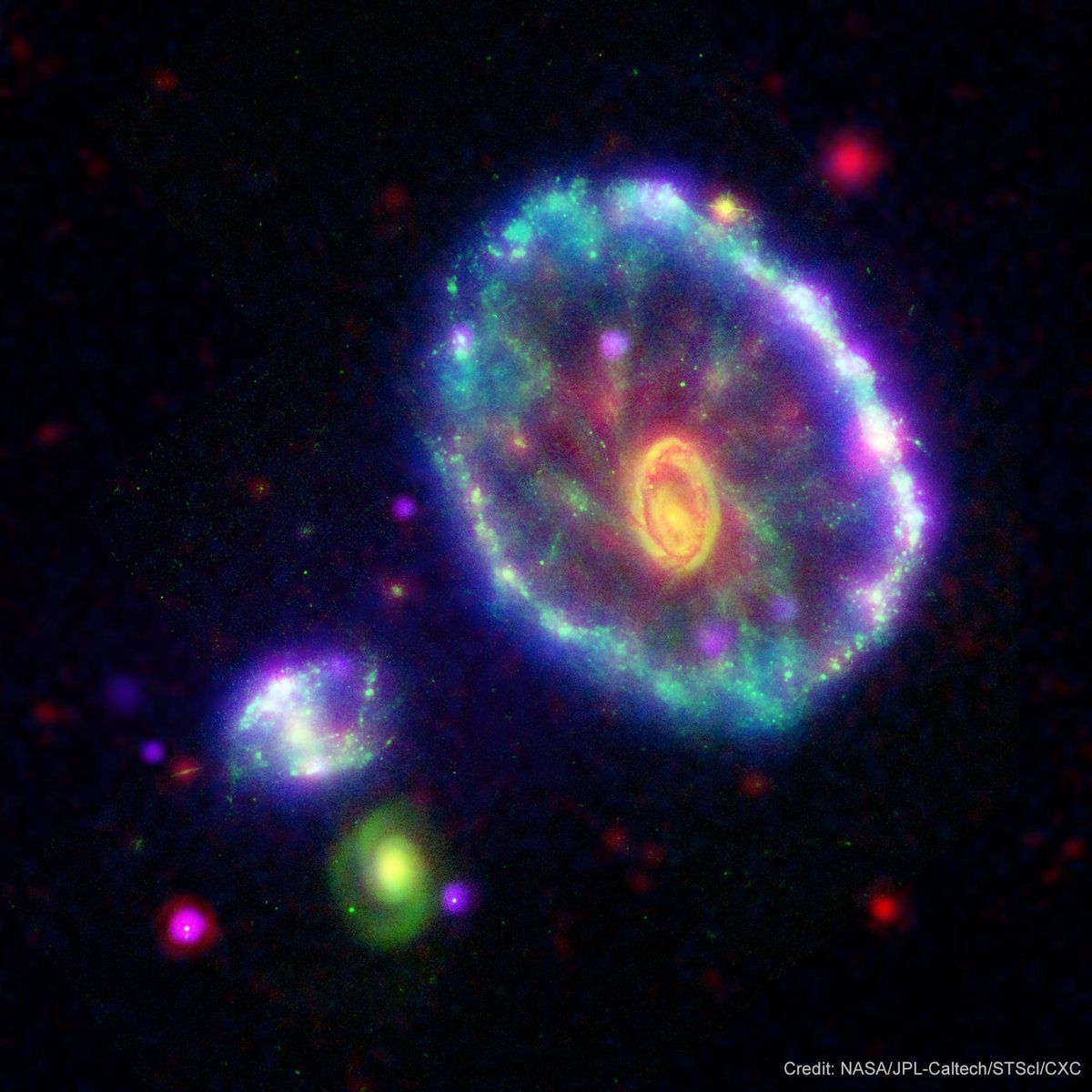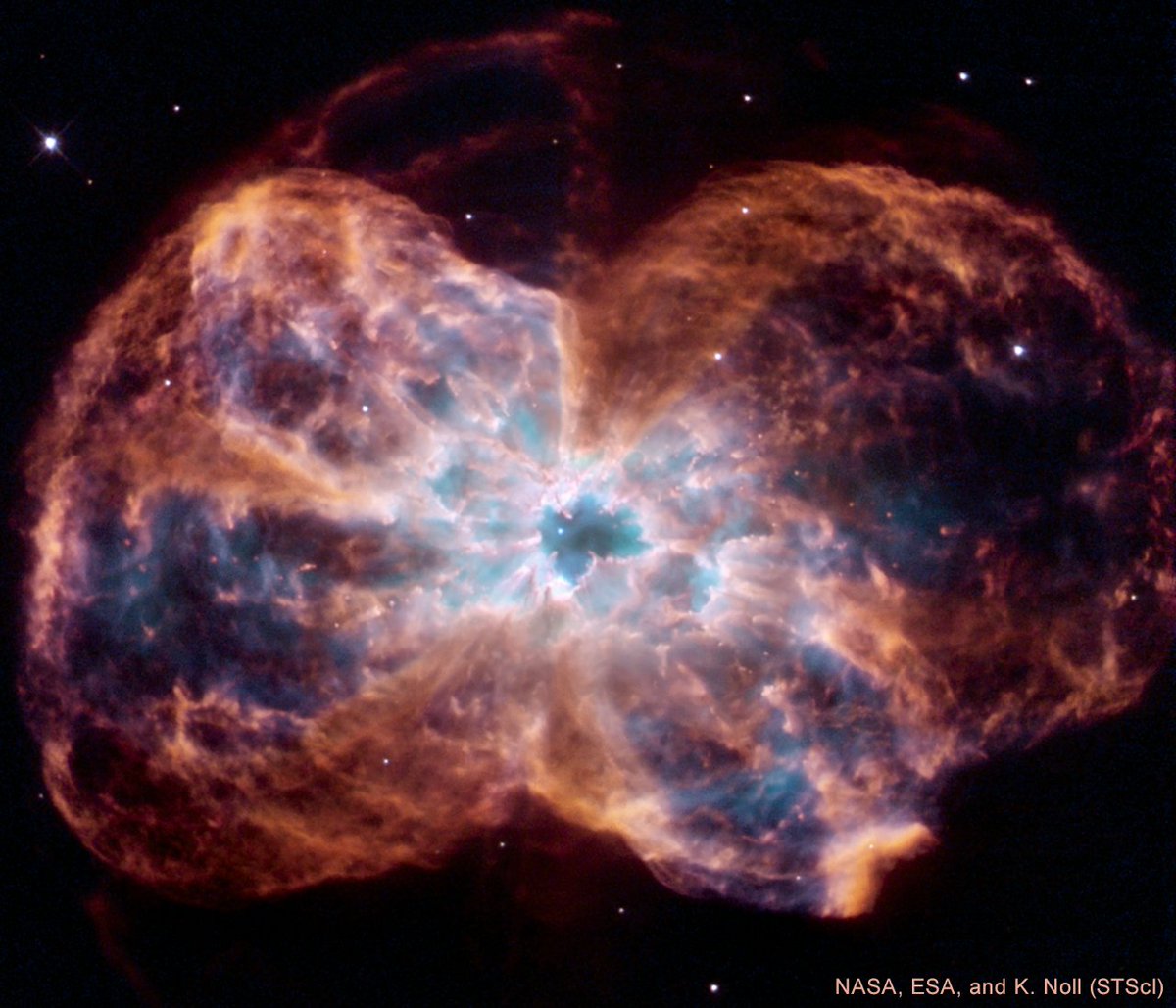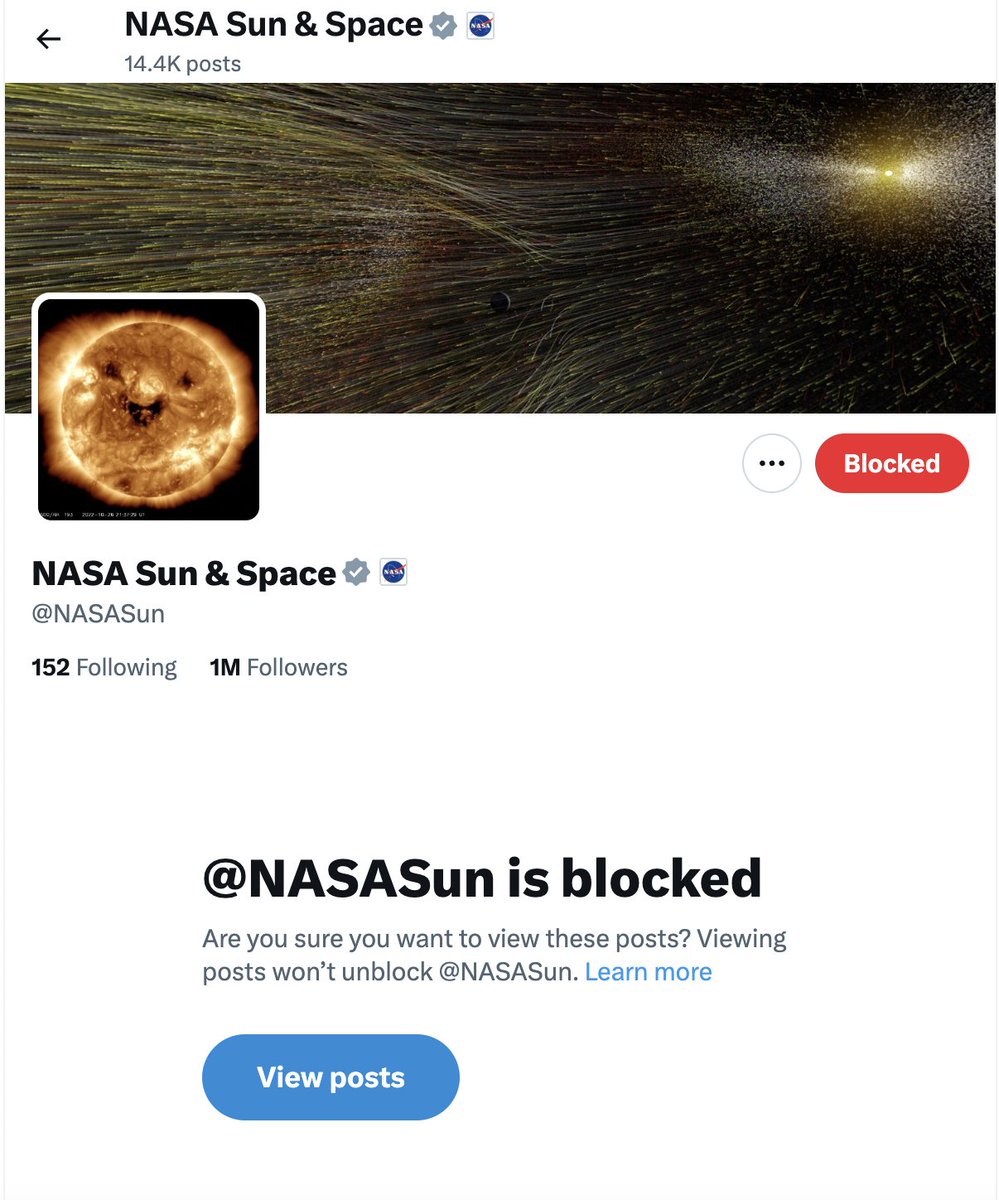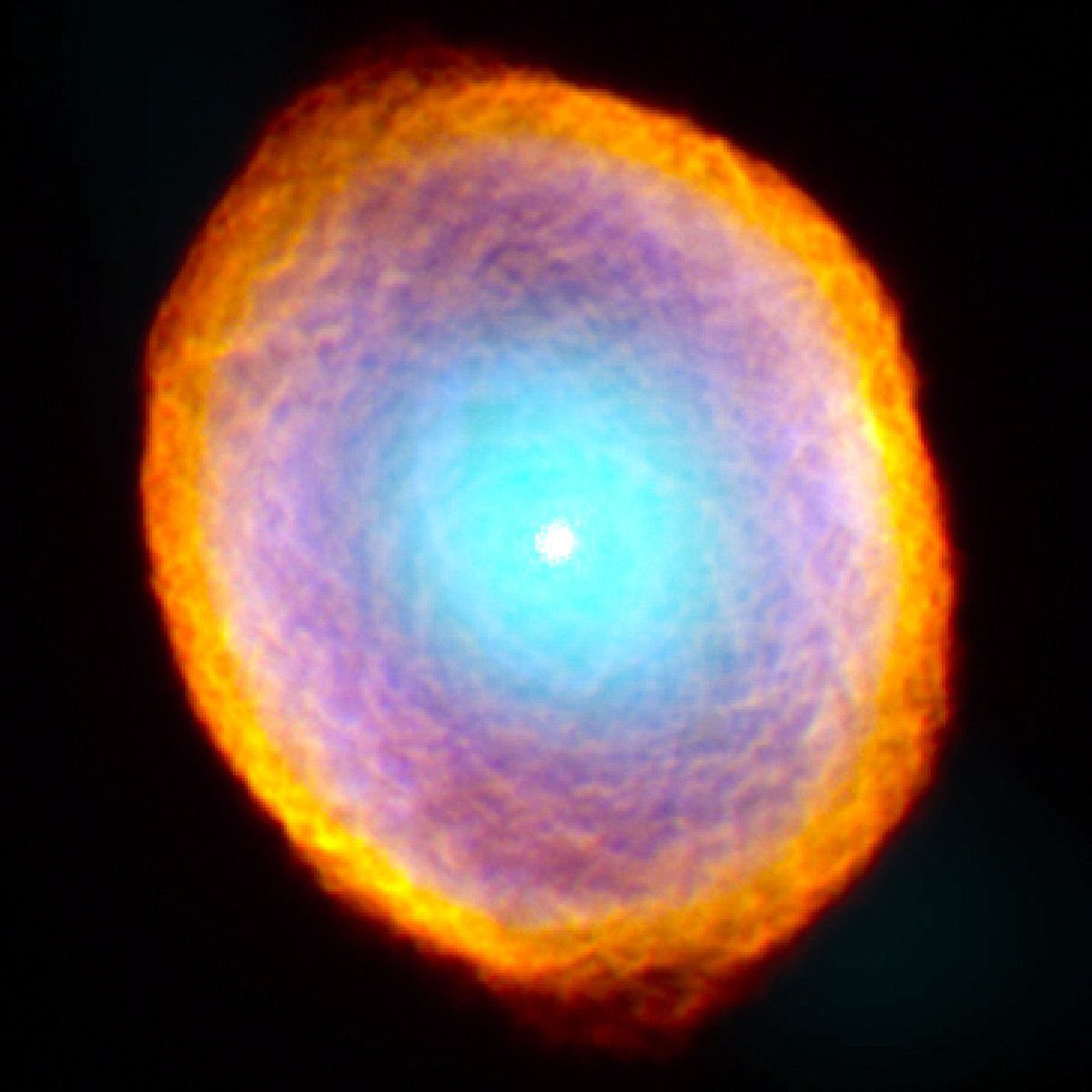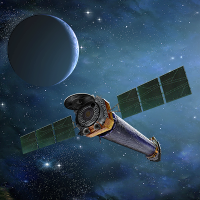
Chandra Observatory
@chandraxray
Official Twitter account of NASA’s Chandra X-ray Observatory. Operated for NASA by Smithsonian (SAO). Verification: https://t.co/oQRMjHqCRI Legal: https://t.co/BUQNO29Sjg
ID:12415722
http://chandra.si.edu 18-01-2008 21:35:19
77,8K Tweets
412,1K Followers
201 Following
Follow People


As #BlackHoleWeek closes, here's the most distant supermassive black hole ever detected in X-rays.
Webb revealed the black hole's host galaxy existed 470 million years after the big bang, while Chandra Observatory confirmed the existence of the black hole: go.nasa.gov/4bzilwe
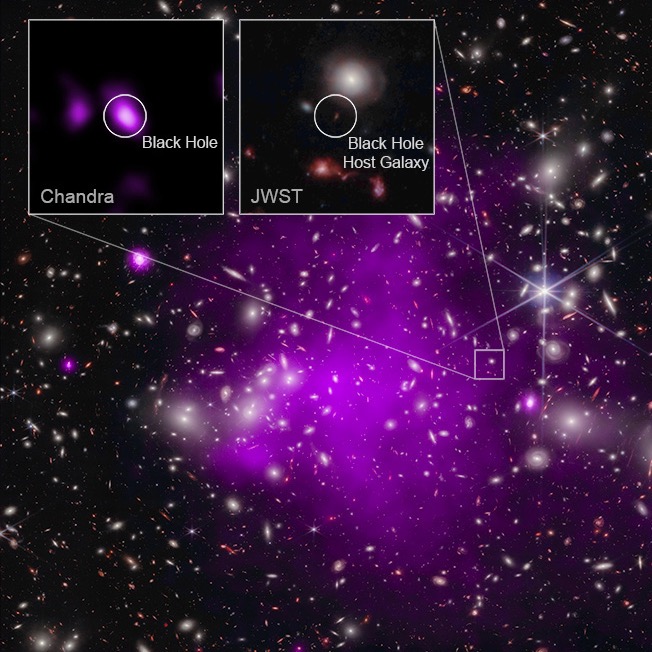

The Event Horizon 'Scope released the first direct image of a black hole in galaxy M87. DYK that coordinated observations with 19 of the world's most powerful telescopes, including NASA's Chandra, have also collected light from M87 across the electromagnetic spectrum? #BlackHoleWeek ⚫

Ever wonder what happens when you fall into a black hole?
Thanks to a new, immersive visualization produced on a NASA supercomputer, we're kicking off #BlackHoleWeek with a virtual plunge into the event horizon—a black hole's point of no return: go.nasa.gov/44MCBs5
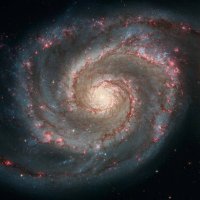
Starting on Monday, get pulled into a whole week of content about some of our favorite — and most mysterious — cosmic objects.
How will you celebrate? #BlackHoleWeek

This timelapse from NASA's Chandra Observatory features data from 2000 through 2019 of Cassiopeia A - the remains of a supernova estimated to have exploded about 340 years ago in Earth’s sky.
Watch the debris field from the supernova remnant, including its blast wave, expanding! 🌟





